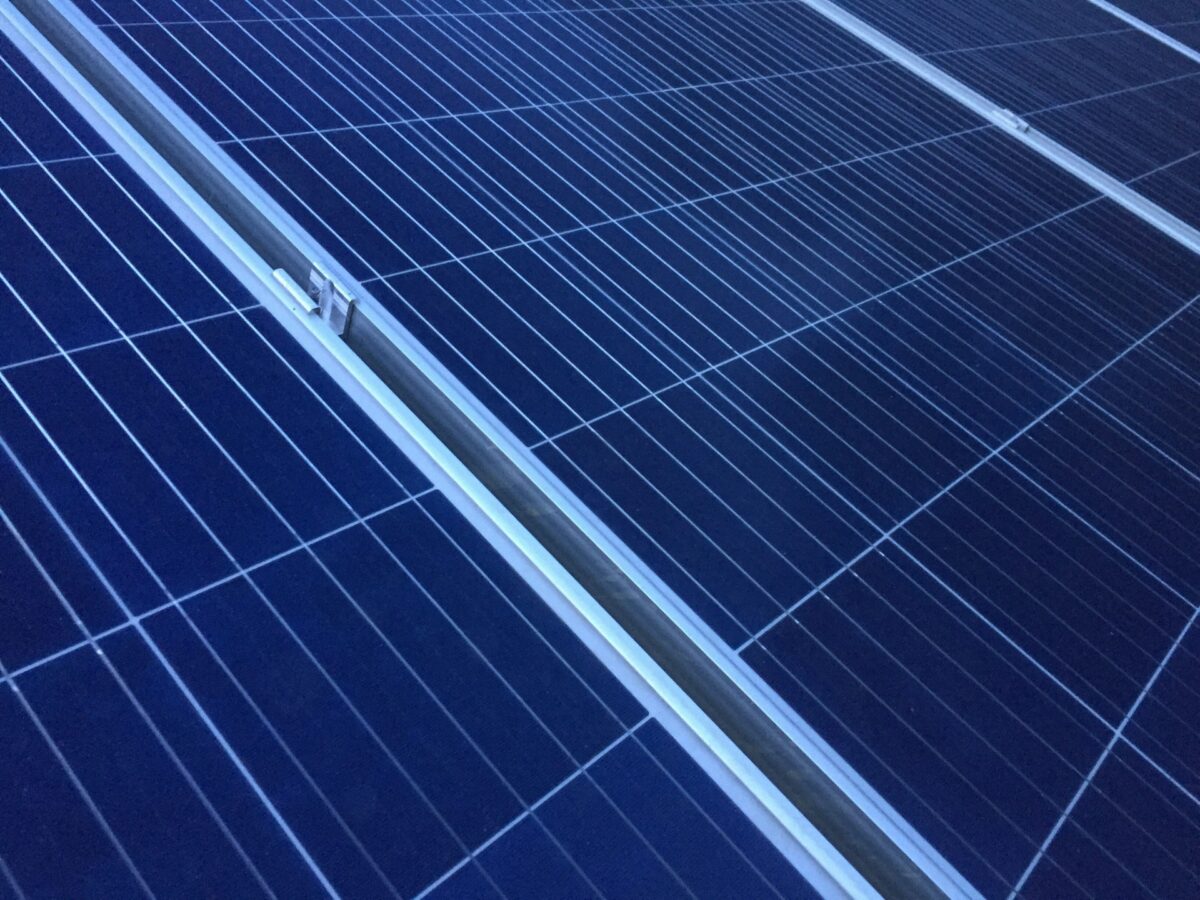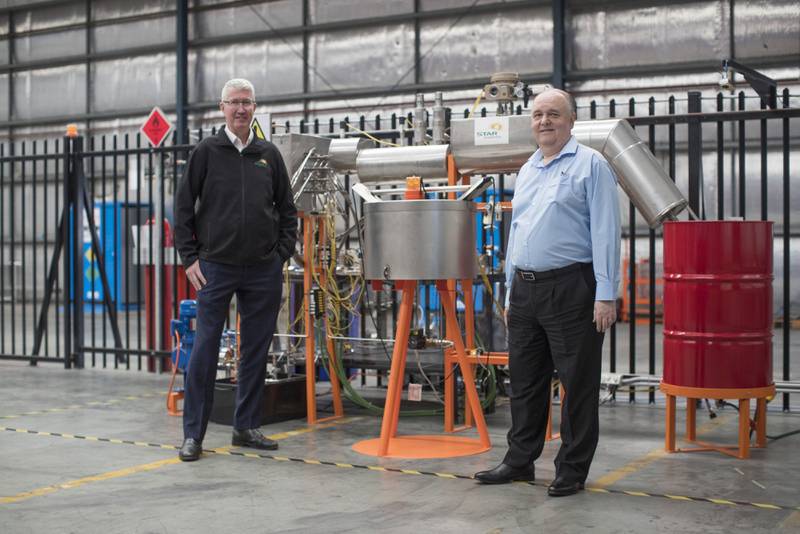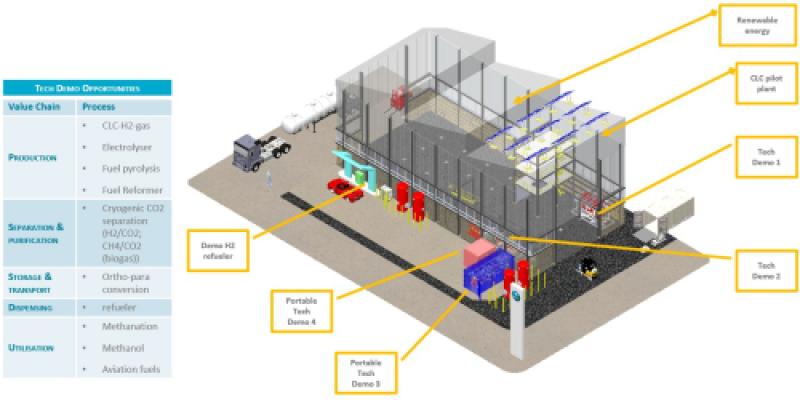
A group of scientists from Spain’s University of Castilla-La Mancha have carried out a techno-economic analysis of three revamping strategies in an operational photovoltaic power plant located in the southeast of Spain. The research, Solar PV power plant revamping: Technical and economic analysis of different alternatives for a Spanish case, is available in the Journal of Cleaner Production.
The nominal power of the solar installation featured in the research is 100 kW, equal to the power of the inverter. The peak power installed in the solar panels is 111 kWp and the array produces 170 MWh annually.
The researchers studied several revamping scenarios. In the first the solar modules are substituted with newer, more efficient ones. In revamping scenario 1-1, the maximum power installed in the panels is maintained, while in the second, revamping scenario 1-2, the maximum power installed in the panels increases to a value where the overload losses are less than 3%.
In revamping scenario 2, the inverters are replaced but the modules are not, so the low voltage (LV) side remains at 400 V. This reduces the number of possible inverter models that can be installed, the researchers say.
In revamping scenario 3, both the solar modules and inverters were replaced. In this case, the Ingeteam Ingecon Sun 100TL inverter of 100 kW and the LONGi LR5-54 HTH 440 M solar photovoltaic modules of 440 Wp each are used. As in the other scenarios, a total of 280 modules were considered and the overload losses do not exceed 3%. The configuration of the photovoltaic field is 20 panels in series and 14 strings, as in the case of scenario 2-2.
The researchers found that if the 1-1 revamping strategy is carried out and the old modules are replaced with new ones while maintaining the same installed power in the solar field, the annual energy production of the installation increases to 197 MWh. This value increases to 218 MWh in scenario 1-2.
In the revamping scenario 2, where only the old 100 kW inverter is replaced with a more modern one, the annual energy production of the installation is 174 MWh.
The highest annual energy production value, at 223 MWh, is obtained in revamping scenario 3. In this case, the peak power installed in panels also increases up to 123 kWp, as seen in scenario 1-2.
The initial results suggest the latter strategy is the most technically appropriate. To confirm this, the researchers analyzed the production value in terms of efficiency, i.e. in which scenarios the highest production values are obtained per watt of installed panels. The highest production value per installed power is also obtained in revamping scenario 3, at 1.715 kWh/kWp.
Meanwhile, economic analysis confirmed greater favourability for revamping scenario 3 in terms of project profitability, with a yield of 12.09% – much higher than the weighted average cost of capital – and a payback period of less than ten years. This scenario also presents the best results in terms of LCoE, with a value equal to €43.47/MWh.
Scenario 2 and scenario 1-1 were considered the most unfavourable, with low returns on investments between 2.20% and 4.53%, payback periods of more than 10 years and LCoE values of €72.32/MWh for scenario 1-1 and €175.67/MWh for scenario 2.







